Rank Species | ||
 | ||
Glossostemon bruguieri or Dombeya arabica is a species of flowering plants in the family Sterculiaceae. It's a shrub with thick long tapering dark colored roots with 70–100 cm in length and 5–8 cm in breadth, found in Yemen, Iran, Iraq, Egypt, Saudi Arabia, Turkey and Morocco. The dried peeled roots of G. bruguieri are called in Egypt and Arab countries (Arabic: مُغات moghat). The roots are commonly used in traditional medicine for many nutritional and medicinal values.
Contents
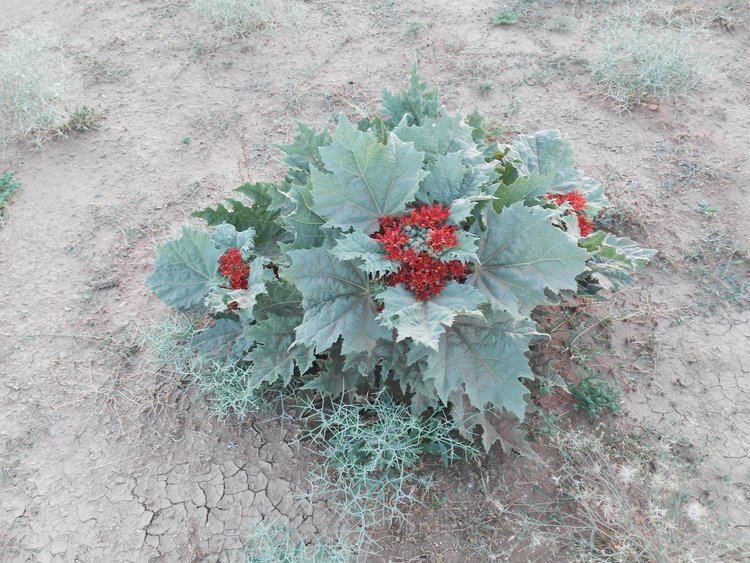
Chemical Composition
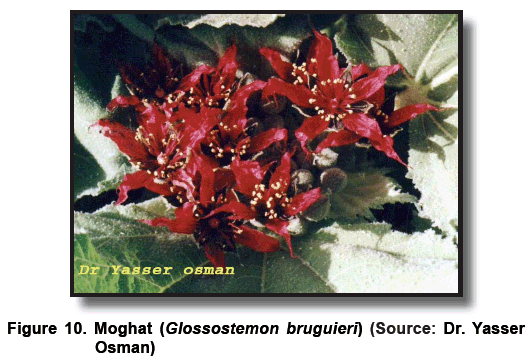
Starch is the main component of the dried peeled roots with 54.5–62.4% (differs according to the climatic region of cultivation) while protein represents 4.5%-8.3%, half of which is aspartic acid. Roots contain high amounts of non-starch polysacchrides including dietary fibers, pectin and up to 27% of mucilage.
Calcium, magnesium and iron are the main minerals of the roots, minor amounts of zinc, manganese and copper have been founded. Tatakin (4-methoxyisoscutellargin), Takakin 8-O-glucoside, takakin 7-O-glucoside, sesamin, chrysophanol, emodin, Parietin, Bucegin 7-O-glucoside, Isoscutellarein, Isoscutellarein 7-O-glucoside, Methoxsalen, Aesculetin, estrone, scopoletin, phytosterols (a mixture of β-sitosterol, stigmasterol and campesterol) and α-amyrin were extracted from G. bruguieri. The so-called moghatin is a biflavone that has been uniquely discovered in moghat.
Seeds contain around 19.5% protein, 5.0% mucilage, Arabinose (1.8%) and glucuronic acid (14.6%)
Both roots and seeds contain rhamnose, xylose, mannose and galacturonic acid
Use
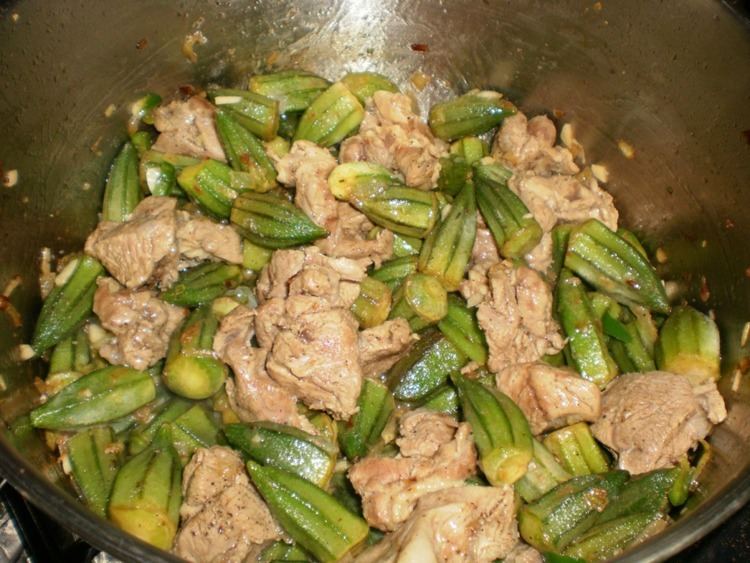
In traditional medicine, hot drinks prepared from dried peeled root powder are used after delivery as a galactagogue. It is used as well for increasing body weight, as a demulcent agent and for relief of gout pain.

In Saudi Arabia, a mixture of dried powdered parts of the plant and wheat flour is used to treat diarrhea in cows, camels, sheep and goats
Health and biological effect
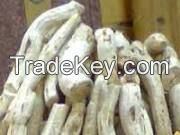
Water extract of G. bruguieri roots has reversed induced juvenile osteopenia in Sprague Dawley rats. However, human clinical trials are yet to be done.
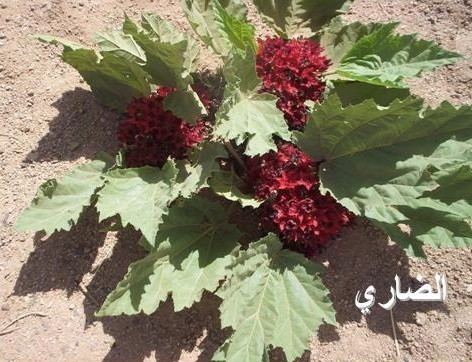
The unsaponifiable part of the plant leaves was reported to have stronger acaricidal activity on both the adult and egg stages of Tetranychus urticae than other botanical parts of the plant.
Others
The Italian pharmacist Antonio Bey Figari has mentioned G. bruguieri in his 1864 book entitled "Studii scientifici sull'Egitto e sue adiacenze, compresa la penisola dell'Arabia Petrea-Scientific study in Egypt and its surroundings, including the peninsula of Arabia Petraea." He mentioned that the plant was coming from Persia to Egypt through the route of Damascus and was prescribed for cachectic patients, tuberculosis, chest diseases, tabes of children and cases of constitutional syphilis. He thought that Moghat was the main ingredient of the preparation "Revalenta arabica", that was being sold in Europe in 18th century, but his idea was wrong because it was discovered later that the main ingredient of "Revalenta arabica" was nothing other that lentil. He stated as well that he himself has observed wonderful results using the plant.
